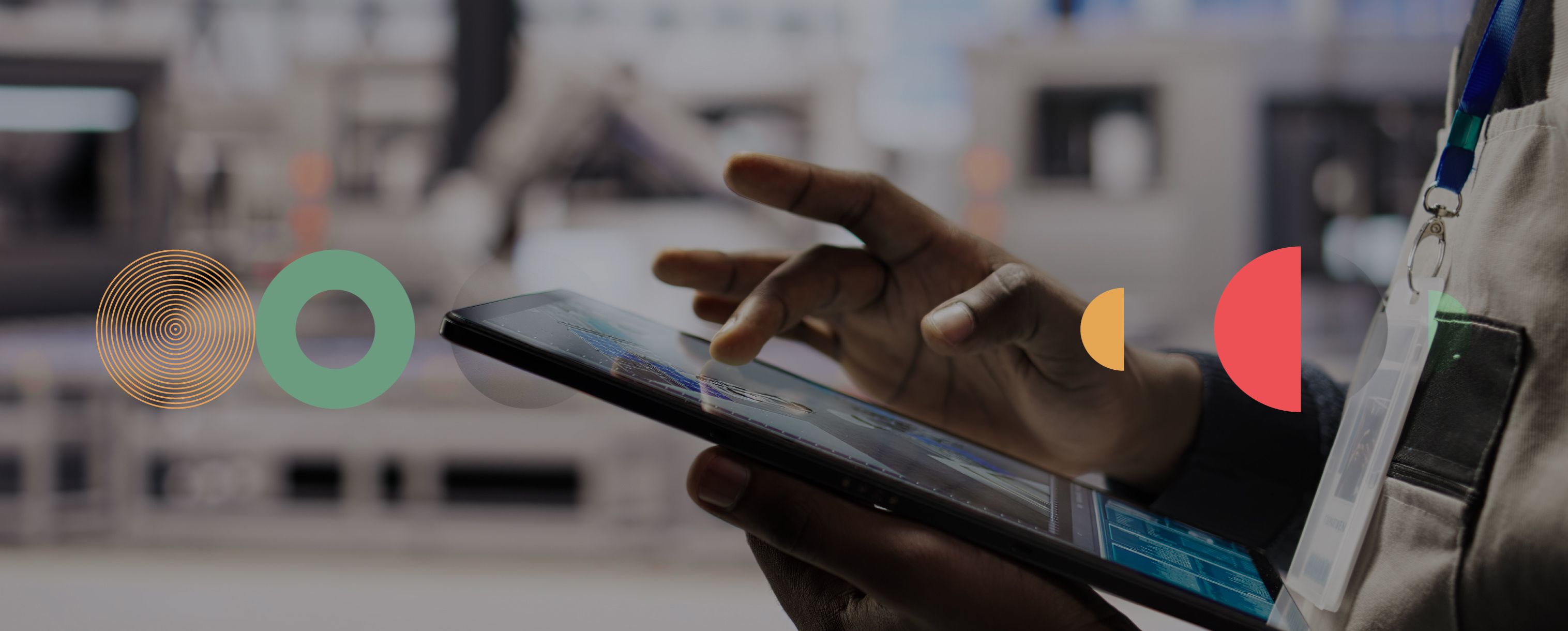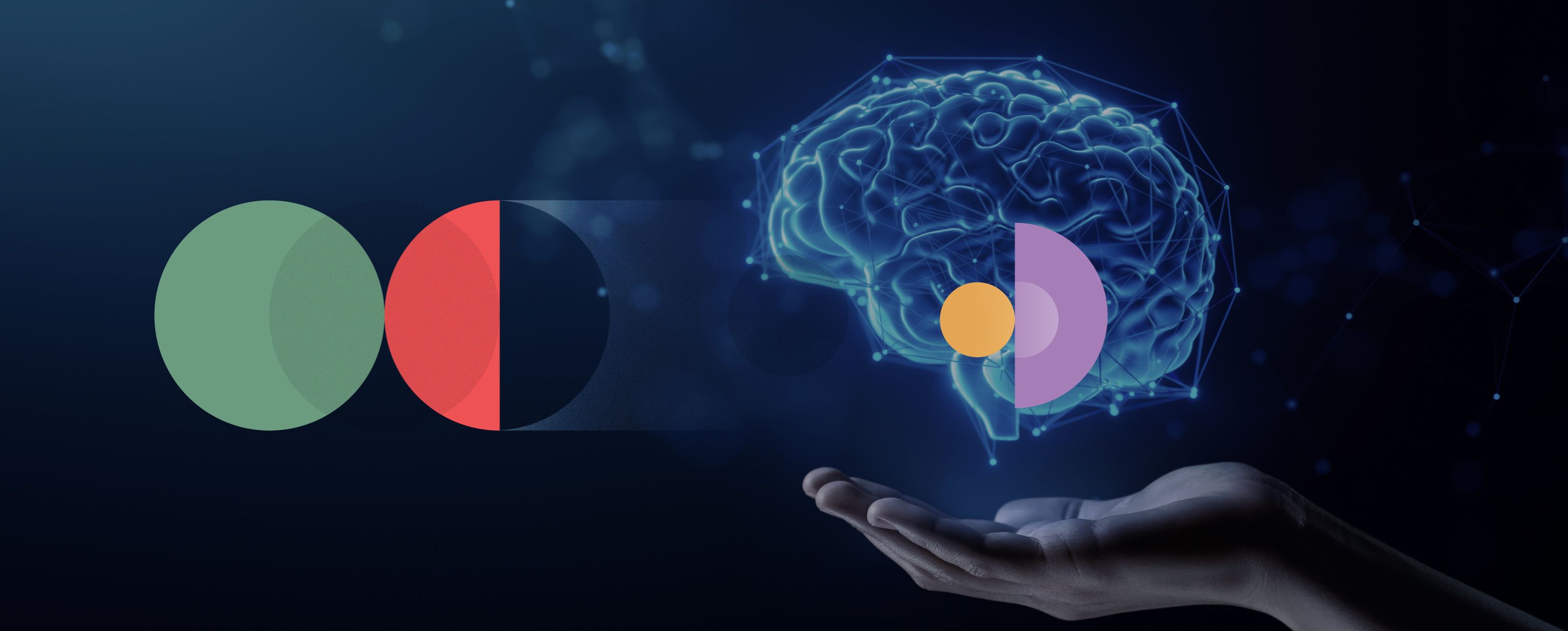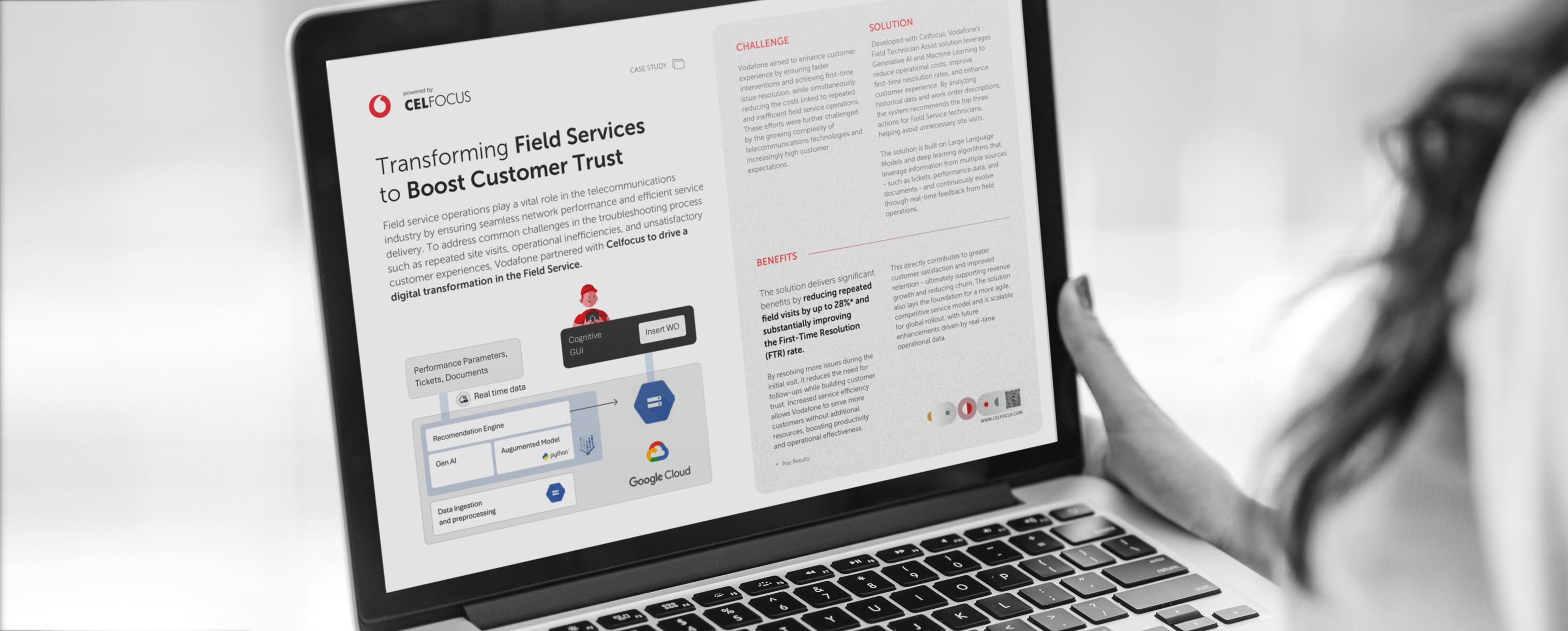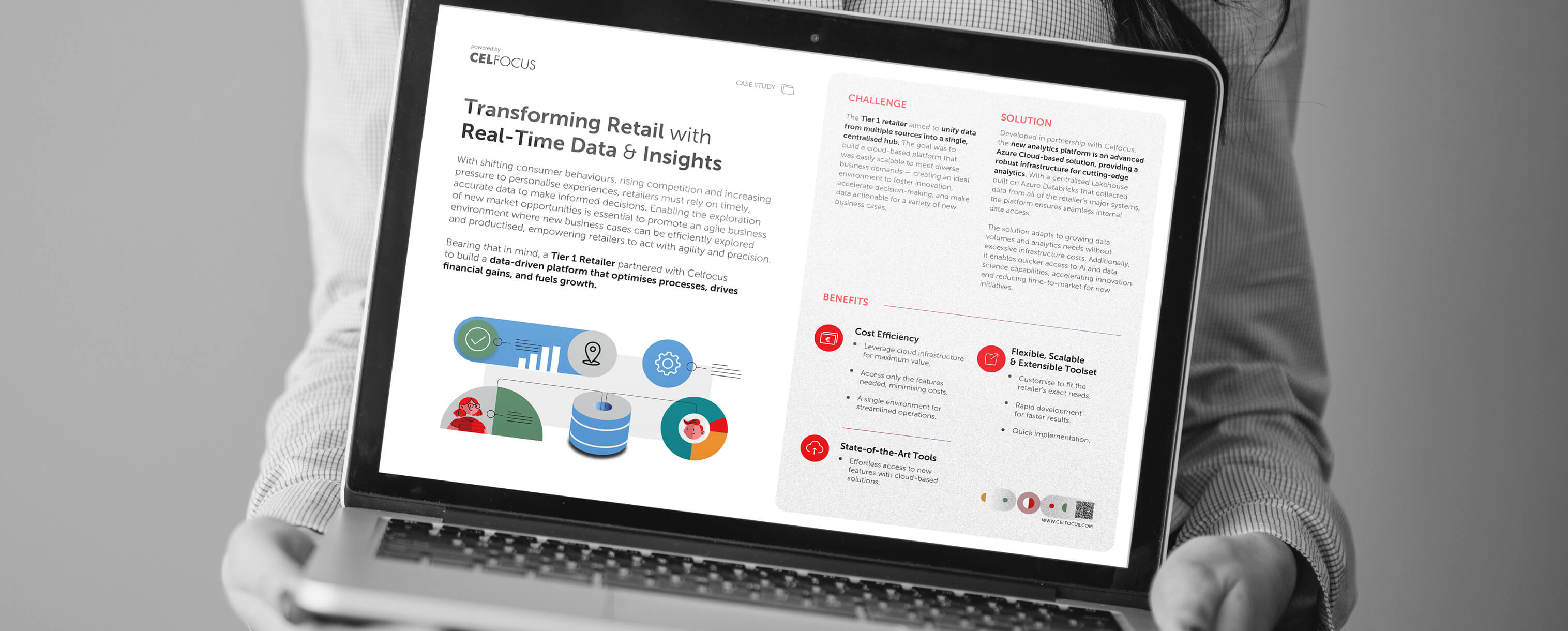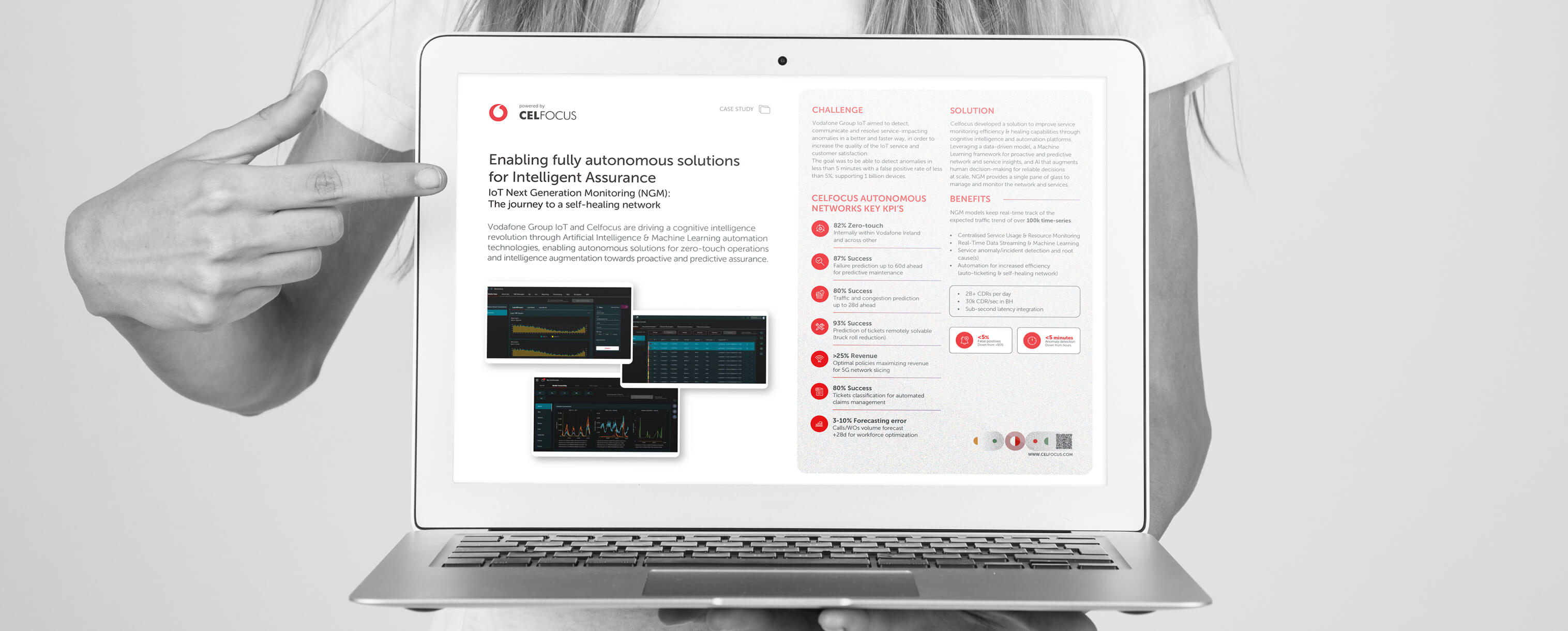|---Module:text|Size:Small---|
One might think that if we look back into the past, we can glimpse the future. Perhaps, but if we want to really understand how things may change in the next twenty years, we need to look way back, maybe 100 years, and see the waves of disruption that happened during that time. Eons of evolution are being squeezed into a “short” period, and everything is moving like a gigantic, unstoppable wave. This wave is fed by daily discoveries, vast amounts of data and information, knowledge, people’s creativity, and so on.
So, how can one realistically preview what the future holds for a computer engineer? Well, we can make educated guesses based on current trends and emerging technologies. This article will look into just a few of those technologies and provide my view on how things will turn out. There are many other exciting topics that I would like to discuss, like no-ops or no code, virtual/augmented reality, edge computing, 6G, etc., but I’ll leave them for another time. So, buckle up.
On Part 1 of this article, we covered the Artificial Intelligence and Machine Learning, as well as Quantum Computing domains. Now we’ll reflect on Blockchain and Cloud-based services.
Blockchain
Satoshi Nakamoto first introduced the term blockchain in 2008 in a paper describing a peer-to-peer electronic cash system. The following year, it saw its first implementation as the underlying technology supporting the cryptocurrency bitcoin. In simple terms, blockchain is an immutable, decentralized, and distributed digital ledger containing records of all transactions across the network.
Transactions can involve anything like currency, contracts, documents, etc. The term blockchain comes from the fact that transactions are stored on blocks chained or linked together. Since participants and transactions are digitally signed, they cannot be tampered with after being saved in the chain. Also, since anyone can contribute and support the blockchain by running a node, it’s fully distributed and has no central authority.
The magic happening in the blockchain is in the process it uses to validate transactions in this fully distributed world. It does this through something called consensus, which is a mechanism by which nodes can agree on the state of the network at a given moment. There are several consensus mechanisms, like PoW, PoS, or PoC, each with its pros and cons.
Although being around for more than ten years, we did not see mainstream adoption of blockchain yet. Both consumers and enterprises are in the early adoption phase, experimenting with the technology and coming up with solutions around it. There are several reasons people are cautious, as the blockchain comes with its problems, like scalability, privacy, regulation, etc., but they are being worked on as we speak. The blockchain ecosystem is maturing every day around the core principles it was born. And although cryptocurrencies are the pervasive use case for blockchain today, they are plentiful.
The question is, where will blockchain take us? Will it ever reach mass adoption? Will it reach ubiquity in 2040? I believe so. From the moment we start seeing a growing number of solutions incorporating the blockchain in industries like banking, cybersecurity, supply chain, healthcare, and government, trust will grow around consumers and other industries. The barrier to entry in these areas is quite significant due to heavy regulations, but at the same time, they are the ones that can benefit the most. We need to surpass today’s paradigms and dogmas to achieve breakthrough results.
This means that blockchain jobs will be mainstream since most solutions will benefit from it one way or the other. Blockchain usage will be as standard as a database today.
Cloud-based services
Cloud computing is everywhere. Most of the services we use today are supported by the cloud one way or the other, in one of its different XaaS models (Software, Infrastructure, Platform, Communication, Network, etc.). During the covid 19 pandemic, millions of people had to work from home, which was a massive test to remote working platforms like Zoom, Teams, or WebEx. Although this was a test to fail, most users didn’t see any impact on their daily use; I certainly didn’t. This was because the platforms silently upscaled their infrastructure to face the growing needs of their customers. It was an impressive “exercise” of planning, engineering, and operations.
In the future, applications built on top of cloud-based services will be the de-facto standard. Terms like “cloud-ready/native” will be gone, as they’ll be no other way. Infrastructure jobs will steadily decrease as companies will be running most of their services in the cloud. Of course, cloud providers will need those infrastructure engineers, but even then, they will be heavily supported in their job by a high degree of automation and AI tools. We’ve seen that happen time and time again. Companies start by investing vast amounts of money in their infrastructure and staff, but they ride the cloud movement years later. If this is happening right now, imagine how things will play out in 2040.
There are several excellent examples of this, but I’ll highlight just one. Netflix has more than 200 million members in more than 190 countries, with 125 million hours of TV shows and movies viewed each day. Netflix uses AWS for most of its computing and storage needs, including databases, analytics, recommendation engines, video transcoding, and more, which employ more than 100,000 server instances on AWS. With this, Netflix can lower prices, give better products, foster innovation, improve time to market, etc. In summary, focus on providing a better product and experience to its customer.
Cloud computing has always been at the forefront of the digital revolution, supporting and advancing emerging technologies due to the number of resources at their disposal. Artificial Intelligence, quantum computing, and others are being offered today as a service in several platforms, giving people the means to explore or build a new set of solutions around these technologies.
So, this is it, a forecast of the future. Maybe it’ll be like this, or maybe not. But does it matter? The train is moving, and it’ll get there whether we’re aboard or not, so we might as well catch the ride.
One thing I know for sure: it’ll be one hell of a journey. And, whatever the future holds, it’ll be a wonderful new world to live in.
References:
- http://hasler.ece.gatech.edu/Published_papers/Technology_overview/gordon_moore_1965_article.pdf
- https://builtin.com/software-engineering-perspectives/quantum-classical-computing
- https://www.quantamagazine.org/does-nevens-law-describe-quantum-computings-rise-20190618/
- https://research.aimultiple.com/quantum-computing-cloud
- https://www.businessinsider.com/quantum-computing-investing-computers-enterprise-2021-3
- https://www.simplilearn.com/tutorials/blockchain-tutorial/blockchain-industries
- https://101blockchains.com/blockchain-adoption-challenges/
- https://www.planetcompliance.com/5-reasons-for-the-speedy-adoption-of-blockchain-technology/
- https://www.geeksforgeeks.org/consensus-algorithms-in-blockchain/
- https://www.livewebinar.com/blog/webinar-marketing/50-video-conferencing-statistics-for-the-year-2020







